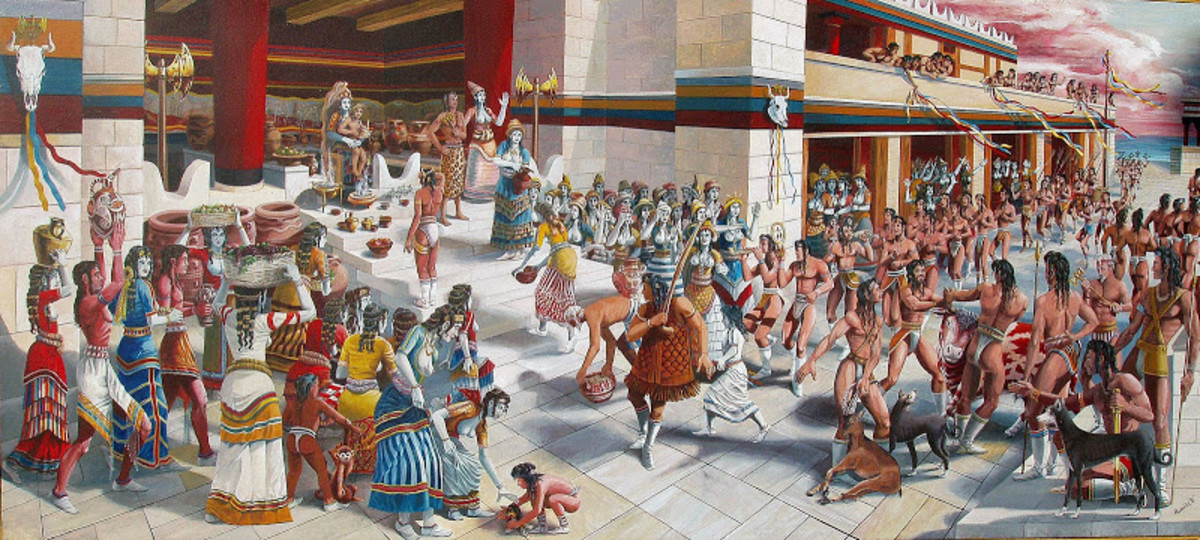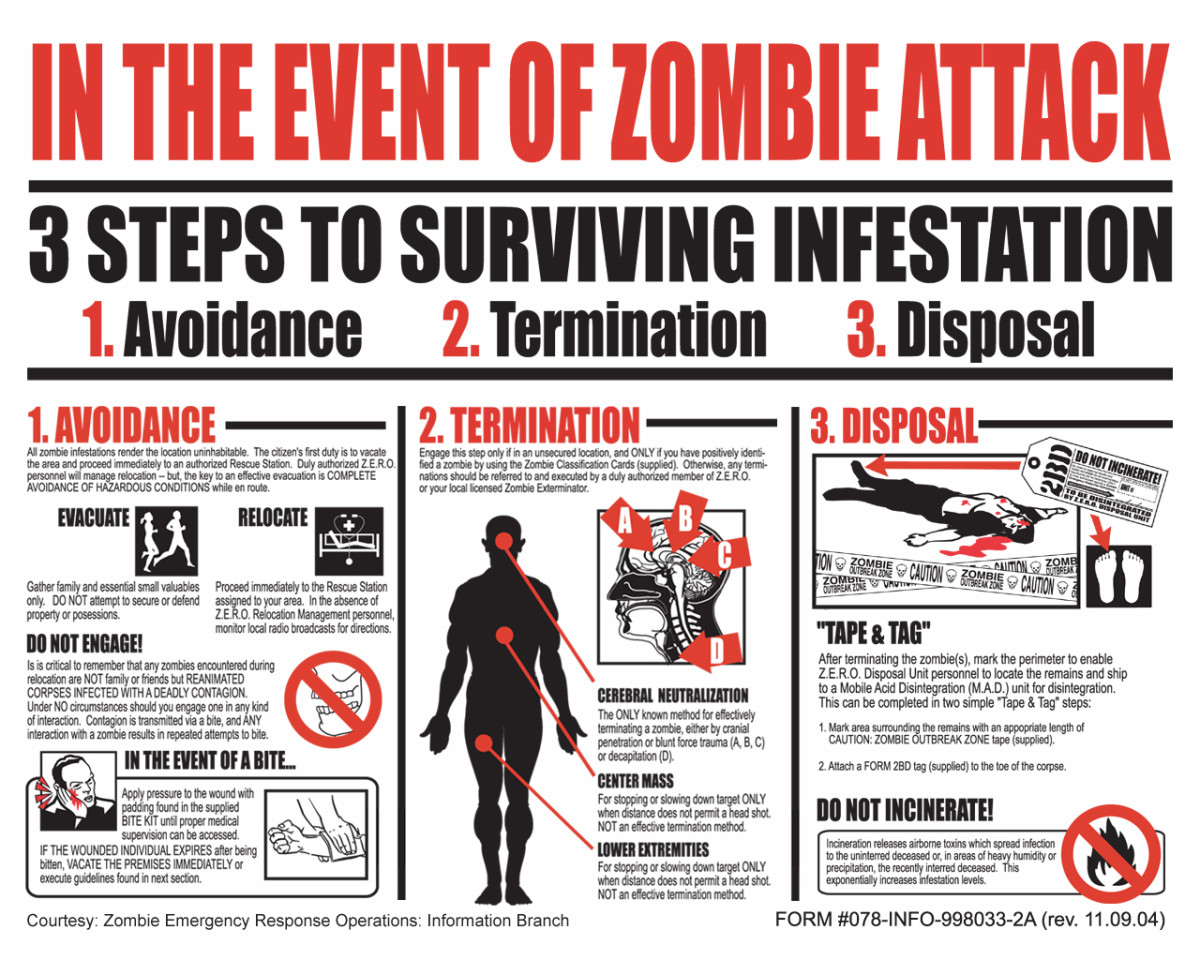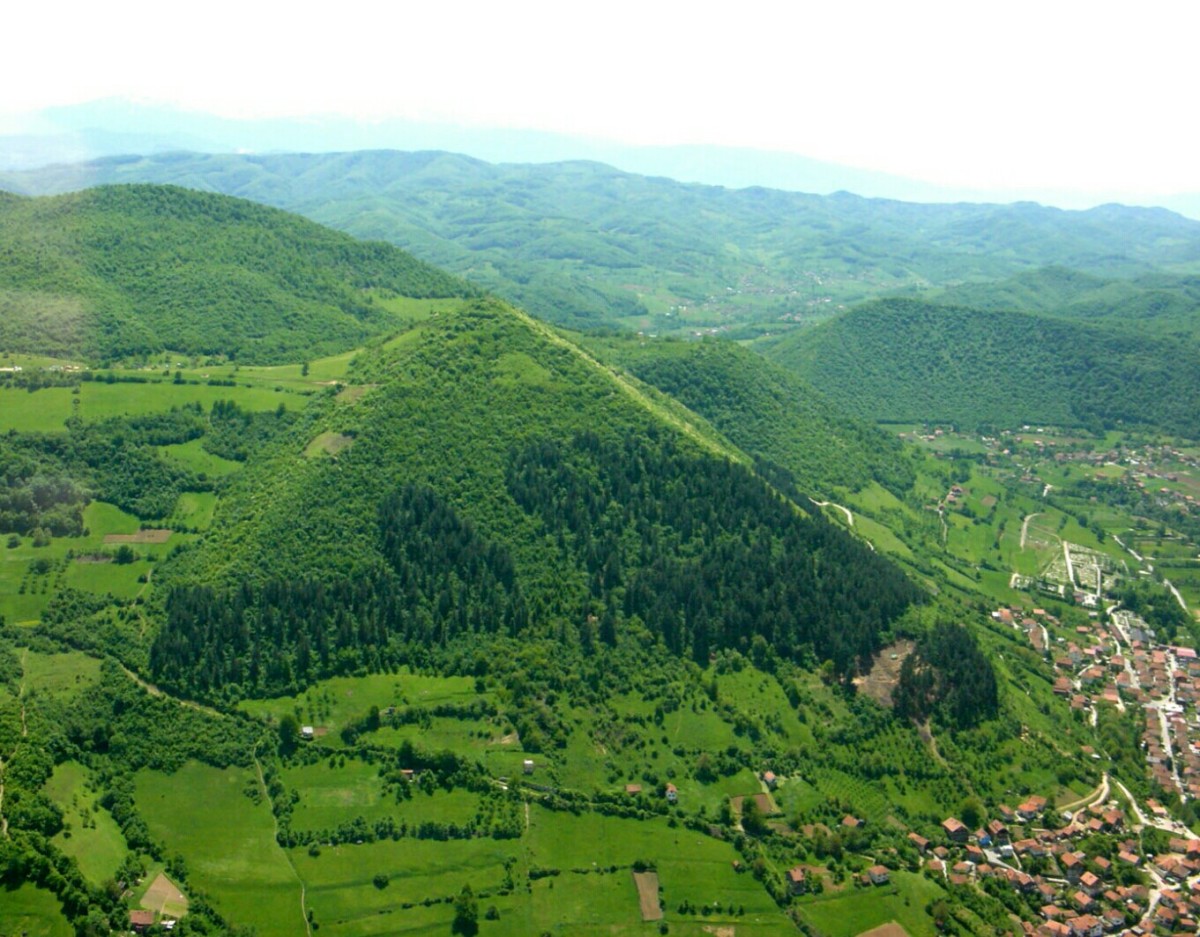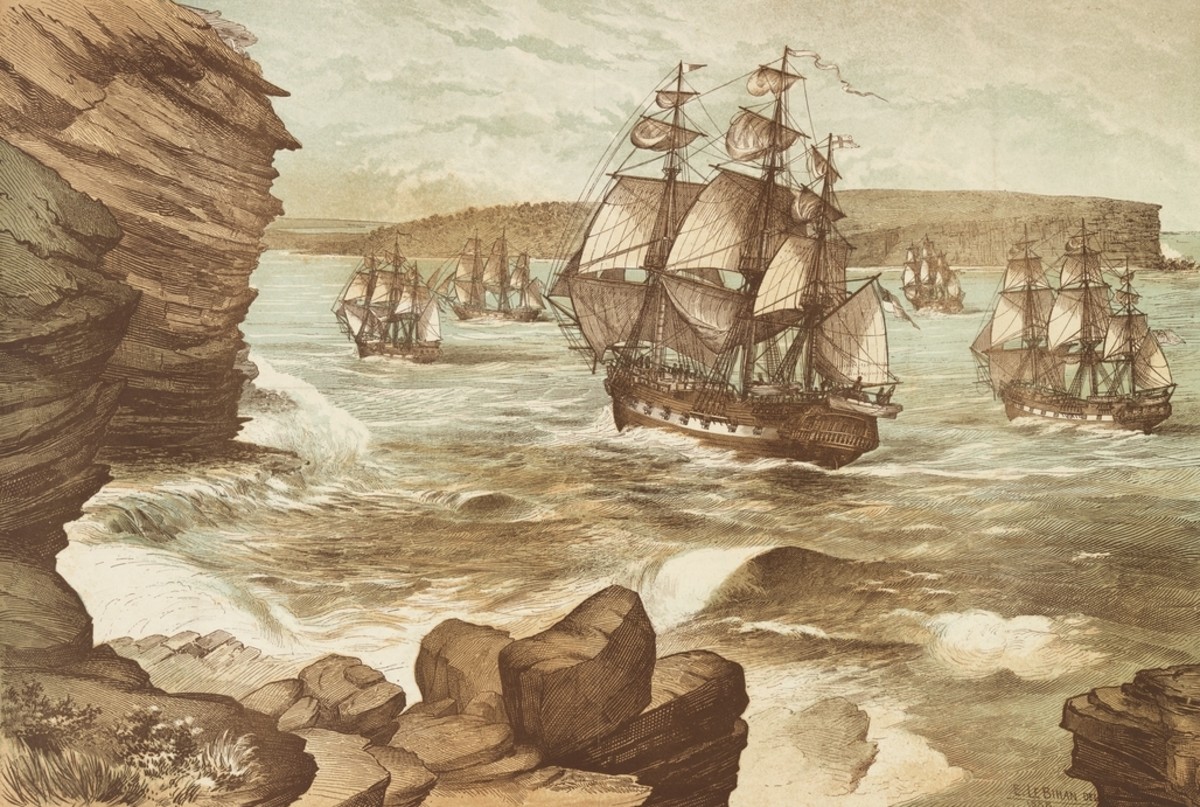Potential for Peace: Society Without War

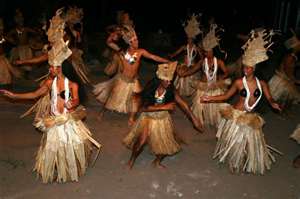

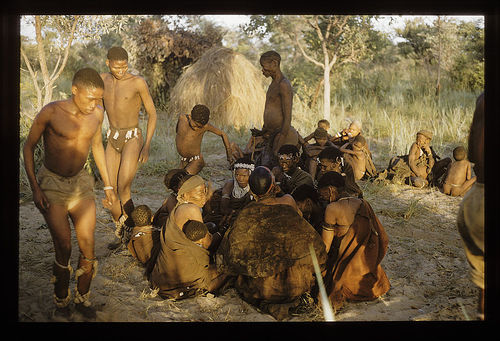
By Myranda Grecinger
There are many documented societies and cultures known to anthropologists to be or to have been peaceful by nature. Understanding the cultural aspects that maintain peace and avoid war as well as the way of life that encourages such a conflict free or at the least, low conflict environment has kept anthropologists busy for generations. How is it that some cultures appear to require violence and war as a means to settle disputes and gain new territory, technology maintain order and extend their boundaries and others have managed to survive and thrive without it? Perhaps war and violence are not as necessary as many westernized cultures have come to believe, or is it possible that these so called peaceful cultures simply have not been exposed to the need for war but would abandon their peaceful ways should good reason arise? While all of these questions are important, none of them can be answered without first studying these societies and comparing them to similar societies that do incorporate war in their conflict resolutions. Studying peaceful societies and the cultures within them will help to discern the differences that lead to war for some and not others as well as to discover the potential for peace within our own cultures.
According to famed historian Arthur Ferrill, the bones of fifty-nine humans found at Jabel Sahaba, which is located in present day Southern Egypt, that date back to approximately 10,000 B.C. are quite possibly the earliest evidence of warfare (Meistrich, 2005). While humans had already been around for quite some time, this still puts the beginning of human warfare at a relatively early time, a fairly accurate assumption would be that war has been around almost from the beginning of human society. War happens for a variety of reasons and those reasons really have not changed much since the earliest known conflicts. Politics or governmental control, religious differences or mandates, land disputes or border expansions, resources and women are probably the most typical causes of violence weather in formal war or inter-personal conflict
While perhaps the more honorable reasons for engaging in battle would be to protect ones family, property, or way of life, or to defend the rights or honor of an individual or an entire people, it may be possible to avoid the need for taking up arms to ever come to pass. It is necessary to consider the fact that although it is rarely a notion taken seriously, that it may be possible to achieve peace, in fact, there are a number of cultures around the globe who appear to have done just that. When one considers the fact that “only three types of creatures engage in warfare, humans, chimpanzees, and ants” (Ehrenreich, 2003), the idea starts to seem more plausible. Unfortunately, the truth is, while these are the only animals that engage in organized warfare, most creatures on the face of the Earth appear to assert some type of dominancy or display aggression to various degrees, so then the question becomes what is peace?
Peace as defined in the dictionary is the absence of war or other hostilities, freedom from quarrels and disagreement; harmonious relations, public security and order and inner contentment; serenity (American Heritage Dictionary, 2009). If we are to go by the dictionary definition of the word, then we are searching for more than just a society without war, we are searching for a culture without conflict entirely. If such a culture actually existed then it would be the perfect model to study in order to better understand how to avoid warfare and conflict in any society. The interesting fact is, such a culture does exist, in fact, many cultures exist and have existed for ages that do not engage in warfare and make every attempt to rid themselves of conflict. The most notable modernized society that does not engage in battle and takes issue with those who take up arms would probably be the island of Greenland, well known for keeping out of conflict and proudly touting battle free soils for generations, however, domestic violence and other violent crimes are not unheard of, if only there were better examples, perhaps then the great nations of the world could see the error of their ways, lucky for us, there are, there are several in fact.
In 1978 David Fabbro concluded that there appears to be a sort of formula that applies to most every truly peaceful society, in fact, without the elements that make up this formula they could not be considered truly peaceful, only low violence or without war. Fabbro stated that there are beliefs shared by non-violent cultures across the globe that each culture realizes are the essential building blocks of a peaceful society, he called it “the Criteria of Peace”. These elements of peaceful cultures are as follows:
“The society
1. has no wars fought on its territories
2. is not involved with any external wars
3. has no civil wars or internal conflict
4. has no standing military or police organization
5. has little or no interpersonal conflict or violence
6. has little or no structural violence
7. has the capability to undergo change peacefully
8. has the opportunity for idiosyncratic development”
(Fabbro, 1978) There are societies that do fit in this category and meet all of the requirements to be considered truly peaceful.
Up until recently, the Amish in the United States have been thought to be truly peaceful, although recently news articles regarding Amish on Amish conflict within some factions that could be considered violent. Emerging information on violent incidences such as the forced cutting of excommunicated members’ hair and beards (Garrett, 2011) suggests the need for further information on the conflict resolution methods within this culture, previous information certainly make a positive argument for a model society built on peace. The Amish communities within North America are based in rural areas and rely on farming and selling artisan goods. The peace within Amish culture comes from a core system of beliefs that focuses on several key principles, submission, obedience, simplicity and humility. While such rigid principles may seem outdated and a far cry from the equal rights movements of more modern cultures, they have succeeded in keeping peace within their communities for many years.
Amish beliefs revolve around adhering to divine teachings such as praying for and forgiving ones enemies as opposed to any form of revenge. The community as a whole makes decisions for things that may affect its members or foster any negativity with the ultimate goal at all times being to preserve peace and unity within their culture. Children are taught from an early age to honor and respect others, obey elders, and to work hard. While Amish children are encouraged to leave the community as young adults and decide if they wish to continue in the Amish way of life or not, the focus is in Amish life is never on finding one’s self, but on losing one’s self and becoming a part of the greater whole, in far contrast to their neighboring cultures (Boulding, 2000). The Current understanding of Amish society certainly would lead one to believe that not only can continued peace among the Amish be expected, but perhaps the rest of the world has something to learn from them.
Prior to heavy blending with outsiders, traditional Tahitian society was very peaceful. Their mode of substance was horticulture and fishing as well as the occasional livestock farm. The Tahitians did not believe in displaying anger or aggression of any sort and prided themselves on being gentle. They did not believe humans could control others anymore than they could control nature, nor did they believe they had the right to attempt such an impossibility, instead, they saw harmonious living with all things as the way to go. Hostile feelings are brought out and dealt with immediately so as not to foster aggression and negativity and children’s behavior issues are diffused with the help of the entire community as opposed to individuals or immediate family. Tahitians feel that anger and conflict are “unnatural and disruptive” and therefore avoid it at all costs and favor self control and passiveness, and honor and respect of others (Boulding, 2000). Tahiti, it seems was once yet another perfect example of a peaceful culture, and given its paradise like environment, perhaps one of the closest to the fabled Utopia, unfortunately, in recent years as outsiders flood the island, the Tahitian way of life appears to be becoming harder and harder to find in its originally pure form, changes perhaps they could handle, but invaders it seems, are a different story. It is possible, that another island could hold the key to a peaceful paradise.
The Tristan Islanders are perhaps the closest culture to perfectly adhere to the Criteria of Peace. Although they did struggle with the changes that money and prosperity introduce when the first factory was opened on the island, they did eventually adapt. Tristan Islander beliefs center on very simple ideas, pure and simple anarchy or no government, total and complete equality among all people, respect and honor for others and self as well as regular practice of kindness, compassion and forgiveness. Although when forced to the islanders have proven in crisis they will elect leaders and unite as a group, in the interest of peace and equality this is short lived and things soon return to a more individualistic lifestyle (Boulding, 2000). Some cultures find returning to their traditional ways impossible following forced change though.
The Kung San of South Africa have always been considered a peaceful people. Known as bushmen, the Kung San are a foraging and hunting culture, typically living in small bands. They spend most days sharing and laughing within the camps preferring to enjoy life and live with very few possessions as opposed to owning much and working continuously to keep it. Parents never so much as raise their voices to small children and instead encourage and praise positive behavior. The communities are built on trust, respect, honor and humbleness. Unfortunately, once again, change has interrupted paradise, more and more, bushmen are being exploited as cheap labor, by the early 1900’s in fact, white settlers had begun to see them as some sort of pest that needed to be controlled and began overtaking their lands. The traditional Kung San have all but disappeared, sunken into a life of servitude, living as debt bound tenants in crowded camps where they are treated badly and underpaid, some camps have become crime and disease ridden with alcohol and violence raring their ugly heads (Gordon, 1983).
If we are to learn anything from all of this it is that while peace is possible, it is often impossible to sustain amidst external changes. There appears to be evidence of a possible shift in Amish tradition, Tahitians have suffered some blows to their belief system and changes have occurred following infiltration of outsiders, Tristan Islanders will abandon their ways when pressured to do so and the Kung San have no way of maintaining the lifestyle that promoted peace within their society. While each of these societies did meet the requirements to be considered truly peaceful for a time, none of them were able to continue it uninterrupted. Does this mean peace is simply impossible for humans, or does it mean we have to work harder for it? Each of these examples shows that it takes an outside force to disrupt the peaceful ways of a culture, so if those outside forces were also practicing peace, perhaps the disruption could have been avoided all together. In this case, further examination of what it takes to be peaceful is needed to ascertain whether or not it is even feasible for larger cultures and societies.
The fact is that there are some other elements that all peaceful societies appear to share that seem to have been overlooked.
“As the examination of conflict resolution in small scale societies proceeds, one fundamental fact emerges: The peacefulness of their conflict resolution is based primarily, on their world views of peacefulness – a complete rejection of violence.” (Bonta, 1996)
Within the belief systems and core value systems of each of the peaceful cultures there are several shared ideas, first and foremost, respect for others, second honor for others, third forgiveness for others and forth kindness towards others. These four ideals seem to be the true building blocks of every peaceful society no matter what else they believe in or what kind of lifestyle they have. The members of these cultures make an intentional effort not to be aggressive or violent or disrespectful in any way and choose to settle their differences through means of community intervention or quiet discussion. Another thing they appear to have in common is that in each of these societies the average individual has very few possessions and lives simply and does his or her best not to cause any negativity or be around any negativity. Perhaps there are some useful pieces of the peace puzzle here after all and we only need to realize how to utilize them.
Douglas Fry said “Anthropology provides many insights on war and peace, but by far the most important, is that war, like slavery before it, can be abolished” (Fry, 1978). It is clear to most people that while keeping a perception of us versus them makes killing and violence easier, the reality is that it is not the best way to resolve conflict. While war has been beneficial throughout history as a means to gain new technologies and keep population levels lower than what they would be without it, it is still not the most logical answer and the average, educated person understands this but simply does not have a grasp on any alternatives. If anything has been learned through the study of peaceful societies it is that there are alternatives, but they require effort.
One can only hope that in reality some lost or hidden aspect within the history of humanity could one day be uncovered through a blend of anthropology, history and psychology to reveal the method by which we could achieve a truly peaceful and evolved Utopian world. In the words of the late, great Dr. Martin Luther King Jr,
“Nonviolence is the answer to the crucial political and moral questions of our time- the need for man to overcome oppression and violence without resorting to violence and oppression. If this is to be achieved man must evolve for all human conflict, a method which rejects revenge, aggression, and retaliation. The foundation of such a method is love.” (Adams, 2008)
Dr. King couldn’t have known how right he was, as these ideals are the very methods and belief systems that keep the peace in peaceful societies. Our own societies do have the potential for peace, we need only to embrace it by denouncing all violence, respecting others, practicing kindness, and simplifying our lives, unfortunately, the bleak reality is, that the majority of people are not ready to give up the lives they have grown accustomed to, it would take a lot more than a simple request to make that happen, and society as a whole will continue to suffer conflict and war because of it.
How is it that some cultures appear to require violence and war as a means to settle disputes and gain new territory, technology maintain order and extend their boundaries and others have managed to survive and thrive without it? It is simple, they live simple lives and have little or no government seeking power and control. The communities within this study have revealed that war and violence are not as necessary as many westernized cultures have come to believe, however, sometimes when these peaceful cultures have been exposed to the need for conflict, they respond in a regrettably typical human form, they often do abandon their peaceful ways if only for a short time. Studying peaceful societies and the cultures within them does help to discern the differences that lead to war for some and not others as well as to discover the potential for peace within our own cultures. Perhaps further research could still lead to the discovery of a culture that is able to maintain peace given any circumstance.
References
Abrams, Irwin (03/2008 ) Words of Peace : Selections from the Speeches of the Winners of the Nobel Peace Prize 1901-2007.New market Press
Bonta ,Bruce D. (Nov. 1996) Conflict Resolution among Peaceful Societies: The Culture of Peacefulness. Journal of Peace Research, Vol. 33, No. 4, pp. 403-420
Boulding, Elise, (2000) Peaceful Societies www.peacefulsocieties.org/Society/intro.html
Ehrenreich, Barbara (2003) Roots of War
http://www.alternet.org/story/15604/?page=2
Fabbro, David, (1978) Peaceful Societies: An Introduction. Journal of Peace Research, Vol. 15, No. 1, pp. 67-83
Fry, Douglas P, Sopolsky, Robert (01/2007 ) Beyond War : The Human Potential for Peace, Oxford University Press
Gordon, Robert (1983) The Kung San: A Labor History www.culturalsurvival.org/ourpublications/csq/article/the-kung-san-a-labor-history
Houghton Mifflin Company, (2009)The American Heritage® Dictionary of the English Language,
Mahr, Krista (2004) Greenland: Colin Powell’s Glacier http://www.pbs.org/frontlineworld/elections/greenland
Meistrich, Ira (2005) Military History: The Birth Place of War. MQH: The Quarterly Journal of Military History http://www.historynet.com/military-history-the-birthplace-of-war.htm
Garrett,Rachel (2011) 3 Amish men accused of cutting other's hair, beards
© 2011 Myranda Grecinger

